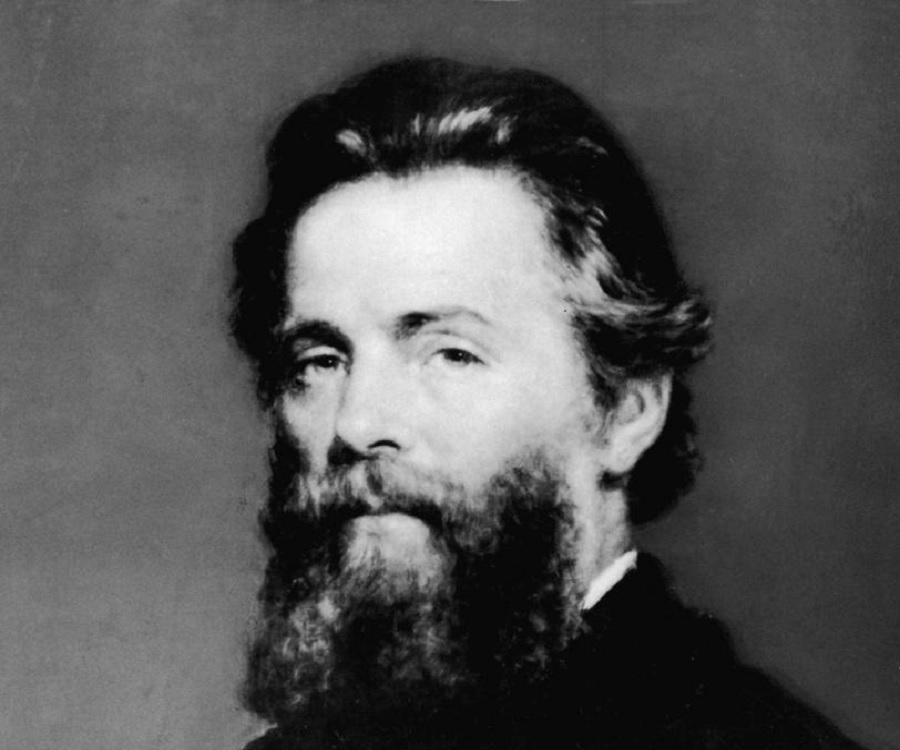
Herman Melville
Biography
Herman Melville was born in New York City in 1819. He worked as a crew member on several vessels beginning in 1839, his experiences spawning his successful early novels Typee (1846) and Omoo (1847). Subsequent books, including his masterpiece Moby-Dick (1851), sold poorly, and by the 1860s Melville had turned to poetry. Following his death in New York City in 1891, he posthumously came to be regarded as one of the great American writers.
Family Background
Herman Melville, the third child of Allan and Maria Gansevoort Melvill's eight, was born into a socially connected New York family. To his socialite parents, from his youth Herman did not seem to fit their mold of a good, God-fearing, noble and refined child.
In 1826 Allan Melvill wrote of his son as being "backward in speech and somewhat slow in comprehension . . . of a docile and amiable disposition." After the collapse of the family's import business in 1830 and Allan Melvill's death in 1832, Herman's oldest brother, Gansevoort, assumed responsibility for the family and took over his father's business. After two years as a bank clerk and some months working on the farm of his uncle, Thomas Melvill, Herman joined his brother in the business. About this time, Herman's branch of the family altered the spelling of its name.
Works
Unable to gain a coveted job, Melville instead followed Gansevoort's suggestion to work as a crew member on a boat. In 1839, he signed on as a cabin boy for a merchant ship called the St. Lawrence, which traveled from New York City to Liverpool, England, and back.
In 1841, Melville embarked on his second sea voyage after being hired to work aboard the Acushnet, a whaling ship. His subsequent wild journey provided the sparks for his yet-to-be-realized literary career: After arriving at the Marquesas Islands of Polynesia in 1842, Melville and a crewmate deserted the ship and, soon after, were captured by local cannibals. Although Melville was treated well, he escaped after four months on board another whaling ship, the Lucy Ann, and was jailed after joining the crew in a mutiny. He eventually wound up in Hawaii before catching a ride back to Massachusetts on the USS United States, arriving home more than three years after he left.
Melville immediately set about putting pen to paper to capture his experiences. Typee: A Peep at Polynesian Life (1846), a combination of his personal tales and imagined events, drew attention for its detailed descriptions of seafaring life and a seemingly too-wild-to-believe plot. The author followed in 1847 with an equally successful sequel, Omoo: A Narrative of Adventures in the South Seas.
His career on the ascent, Melville in 1847 married Elizabeth Shaw, daughter of the chief justice of Massachusetts. They would go on to have four children.
